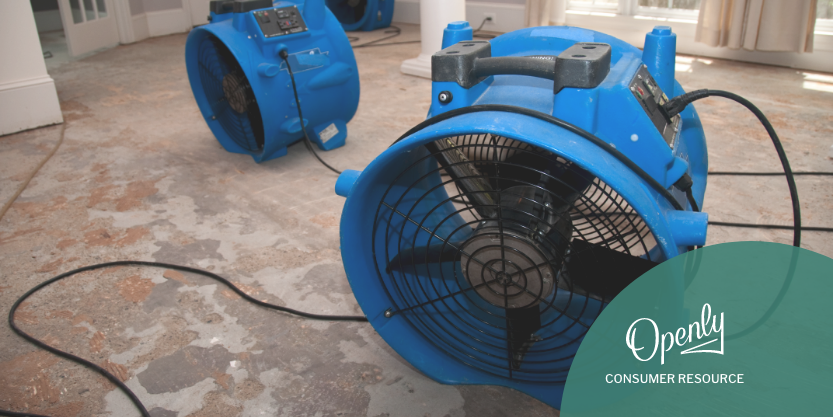As homeowners, we invest in home insurance to protect our homes and belongings (Coverage C) from unforeseen events. However, what happens when a disaster strikes and we are forced to temporarily leave our homes? This is where Additional Living Expense (ALE) coverage (also known as Coverage D) comes into play.
By understanding ALE coverage in detail, you can ensure that you have the necessary financial protections in place to maintain a comfortable living standard during challenging times.
In this article, we’ll explore the concept of ALE coverage and key takeaways including:
- ALE coverage helps cover temporary housing, meals, storage fees, and transportation costs.
- To activate ALE coverage, file an insurance claim with your insurance provider as soon as possible, and keep records of eligible expenses.
- Consider your living expenses, geographical location, and potential duration of displacement when assessing the ALE coverage limit.
What is additional living expense coverage?
ALE coverage is an essential component of homeowners' insurance policies, designed to provide financial assistance to homeowners who are temporarily displaced from their homes due to covered peril events, such as a fire, severe storm, or other disasters.
ALE coverage helps cover the costs associated with additional expenses that go beyond normal living expenses, such as rental payments and other temporary living factors.
Understanding the benefits of additional living expense coverage
ALE coverage ensures that you can maintain a comparable living standard by covering temporary living expenses such as temporary accommodation, meals, storage fees, and transportation costs.
For example, if you need to rent a temporary apartment or stay in a hotel while your home is being repaired or rebuilt, ALE coverage can help alleviate the financial burden.
How does additional living expense coverage work?
In the unfortunate event that you need to activate your ALE coverage, the process typically involves filing a claim with your insurance carrier.
It’s imperative you notify your insurance company as soon as possible to initiate the claims process. The insurance provider will then assign an adjuster to assess the damages and determine the extent of your displacement.
Documentation such as receipts, invoices, and rental agreements may be required to support your insurance claim, so it's important to keep a record of all eligible expenses and communicate with your insurance company promptly to ensure a smooth claims process.
It is likely that you will have questions about what expenses are covered—and for how long. Talk to your insurance agent who can provide guidance to maximize your ALE benefits.
Determining adequate coverage for additional living expenses
Assessing the appropriate level of ALE coverage ensures that you are adequately protected. Factors such as your living expenses, geographical location, and the potential duration of displacement should be considered when determining coverage limits.
For instance, if you live in a hurricane-prone area, you may want to consider carrying higher coverage limits (and look into flood insurance, specifically). Remember to review and update your ALE coverage periodically, especially when significant life changes occur or as the cost of living evolves.
When determining coverage limits, start by evaluating your current lifestyle and daily expenses to estimate the additional costs you may incur if you need to temporarily relocate. This includes housing costs, utilities, transportation, meals, storage fees, and any other essential living expenses.
Working closely with your independent insurance agent can help you understand the options available and ensure that your ALE coverage aligns with your specific needs. They can also help you understand how your other insurance options, such as other structures coverage and personal property insurance, combine with ALE coverage to ensure you are adequately protected in as many ways as possible.
Why homeowners need additional living expense coverage
Disasters and emergencies are often unexpected, leaving homeowners unprepared for the financial burden of temporary displacement. Without ALE coverage, you may find yourself struggling to cover the costs of alternative accommodations and other necessary expenses.
Part of homeowners insurance 101 is learning the inner workings and limitations of your insurance policy. By understanding the benefits of ALE coverage, you can ensure that you have the necessary resources to maintain a comparable standard of living during challenging times.
* We provide this information to help you understand insurance. Any coverage is subject to the terms of your policy. Please refer to your policy and declaration page for complete coverage details.




